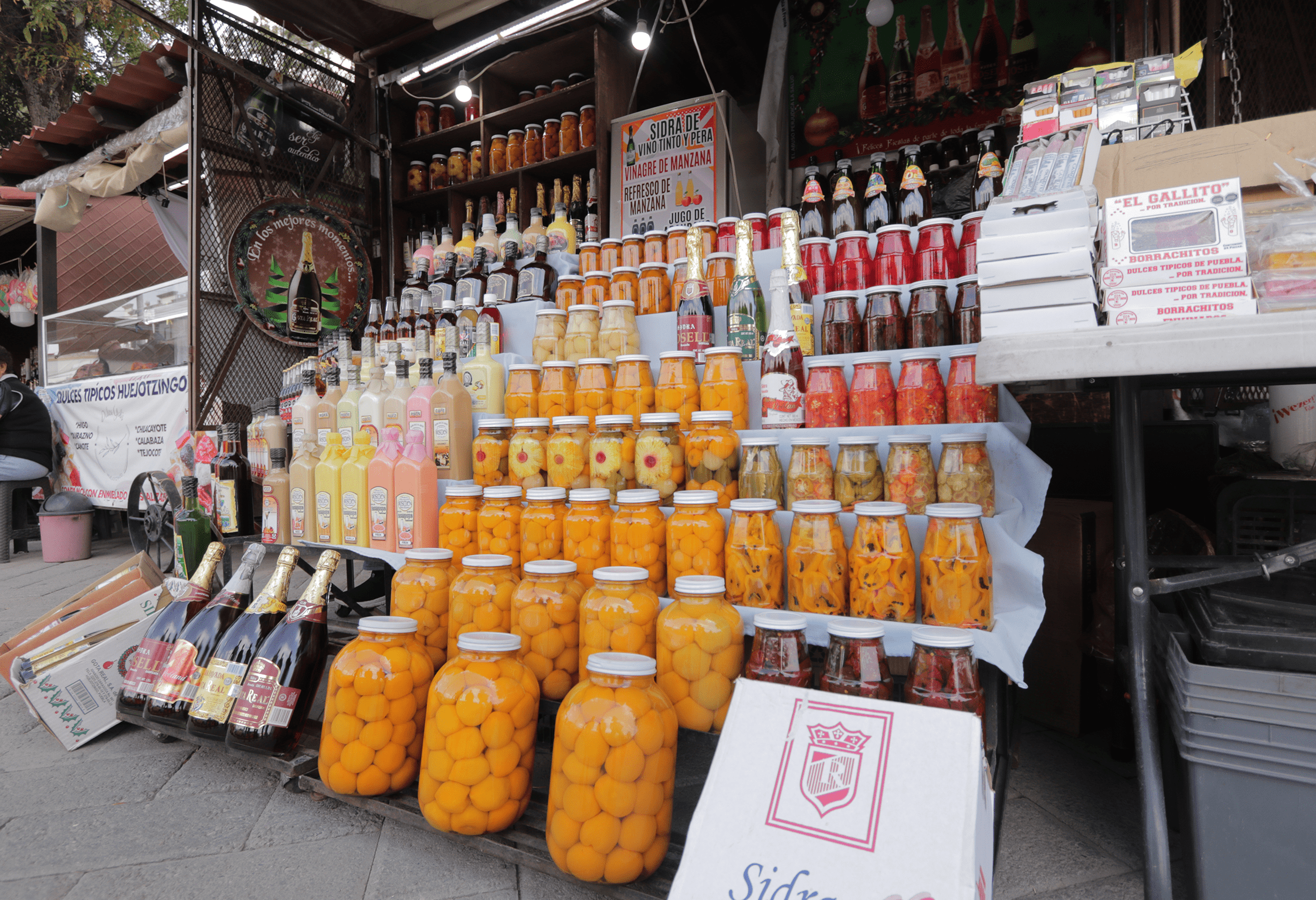Huejotzingo
The first in a string of UNESCO-recognized monasteries stretching to the foot of the volcano, this one may still be the most spectacular of all.

Huejotzingo is a small town just northwest of the Capital of Puebla. It has long served as a weekend get away for capital dwellers, but the history goes back even much further. The Nahuatl name can be translated as place of little willows, but the ancient city was first settled by Olmec peoples and later by Xicalacas, Toltecs and other peoples.
The community is arguably most famous, though, for the former monastery of San Miguel Arcángel. It houses the National Institute of Anthropology and History Museum of Evangelization. For indeed, it was a major center for converting indigenous peoples to Christianity over the centuries. The monastery is considered the first of the Franciscan monasteries that today are part of the UNESCO World Heritage list and which includes other monasteries on the slopes of the Popocatépetl volcano.
The little town of Huejotzingo is the local government seat for more than 100 mostly agricultural communities that extend from here to the west and north. The region is famous for blackberry cultivation and part of the Route of the Chile en Nogada.
The Huejotzingo Carnival is recognized by the state of Puebla for its unique cultural aspects that go back over 150 years. But people come year-round to stroll the historic center, the Plaza de Armas and the Church of San Juan Bautista. All that\'s before you get to the central monastery. Kitchens in the Hermanos Serdán Market serve at least some of the best food throughout the year.
Most visitors are going to arrive to Huejotzingo from Puebla. Public transit can take a little bit more than two hours. A number of private bus lines will make the same trip a little faster. There are often also tour groups leaving from the TAPO station in Mexico City.